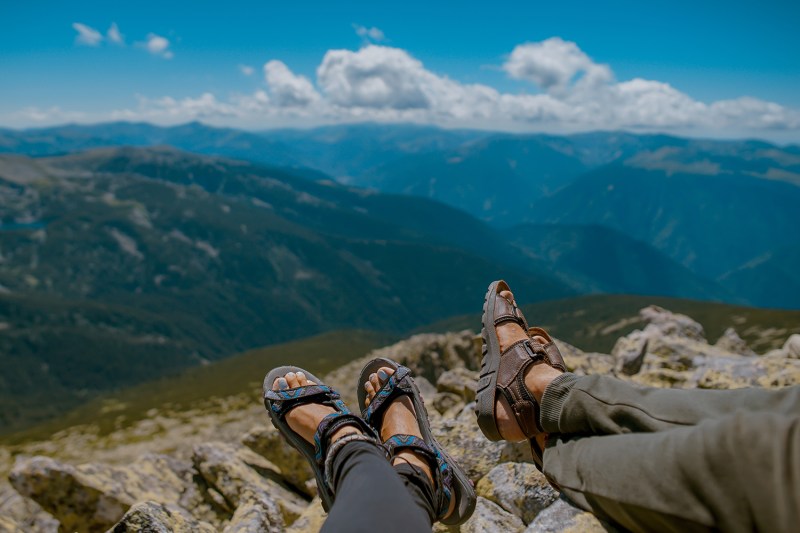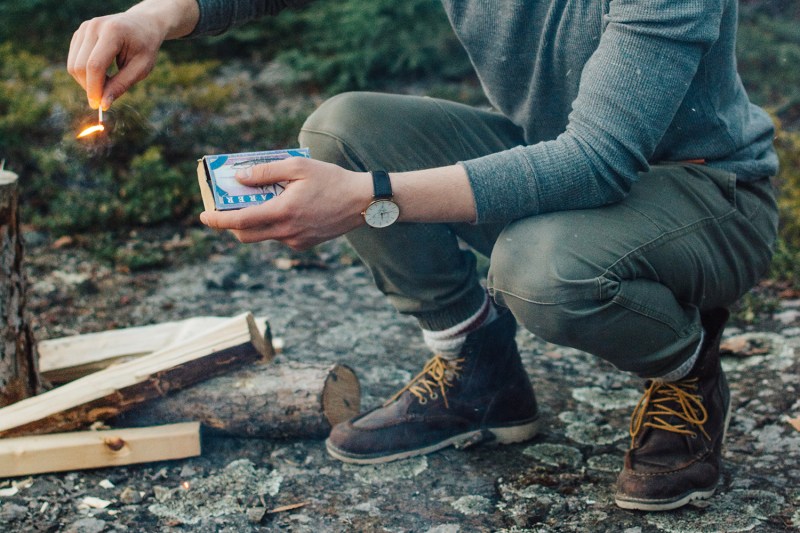Before you write off all dirtbags as filthy heathens, indulge one of them — myself — in a minute of your time. Sure, I live out of a pickup truck, don’t have a mailing address, cook dinner on my tailgate, and probably shower less than you do. That may seem weird at first, harking back to images of Peter Pan refusing to grow up. However, I’m going to convince you that dirtbagging is the modern way of refining your true style.
Without the luxuries of a room to stand up in, a bathroom mirror to shave in front of, or a closet larger than a pair of plastic bins, dirtbags like me are forced to think creatively about their clothes, facial hair, and general appearance. Simplicity is a necessity because space in a truck or van is quite limited. These constraints lend themselves to some innovative solutions.
Nomads often get a bad rap from Winnebago-dwelling never-shavers and that ratty-sweatshirt guy that never leaves your coffee shop. But those folks are outliers and not the norm. Most dirtbags you meet have the same daily routines as conventional home dwellers, from grocery shopping to consistent exercise to activities with friends. I’d bet a large sum of money that most nomads you meet fly under your radar.
Simplicity is a necessity because space in a truck or van is quite limited. These constraints lend themselves to some innovative solutions.
By doing more with less, dirtbags are some of the most stylish folks around. Take a sip of coffee and let that sink in. So the question is – how can you learn our style? Well, start by reading this guide.
Wool Everything
This includes, but is not limited to, socks, underwear, shirts, hats, sweaters, and, when the time is right, slippers (don’t wear slippers too often, please). Wool is durable, less smelly than synthetics, and often comes in basic tones like gray, tan, and muted greens and reds. That makes it subtle, useful, and never out of style.

Socks and Sandals
And other functional footwear options. There are three types of days for me: Fast-paced travel and errand days in which I’m sporting my Hoka One One Mach 2s. Warm, casual, and fun days in which I’m wearing colorful socks with Tevas. And business or grind days in which you’ll find me in Forsake boots
Think in Kits
Not only do I have very few pants and shirts, but I have even fewer that match together well. “Kits” or uniforms are a simple and functional formula that works, day in and day out. With just four pairs of pants and twice as many shirts, dressing is fast and easy every morning. Gray pants with a blue shirt, red pants with a grey shirt, no pants for skinny dipping. You get the drift. No whites, no blacks, very few bright colors. Instead of looking for a timeless style, I wear clothes that make me feel comfortable and in turn, exude the same amount of confidence.

Wear Worn
You know what’s en vogue? Giving a shit. About other people, about projects with impact, brands with actual value, and about Mother Earth. And you know how to show that you give a shit with your style? Upcycle your clothes. Patch little holes, sew small rips, proudly show off small bits of wear and tear. Not only does a hole have a great story to go with it, but it also means that you haven’t wasted more virgin materials buying a new pair of pants. We need more of that in the world.
Scruff
It’s an easy-to-manage, cost-effective, and widely accepted form of facial hair. Simply buy a cheap and durable hair clipper on Amazon, and voila! You can now cut your own hair and shave your beard, using just your rear-view mirror, in a matter of minutes. Do this weekly and you’ll look like you have grit, without being a total ball of filth.


